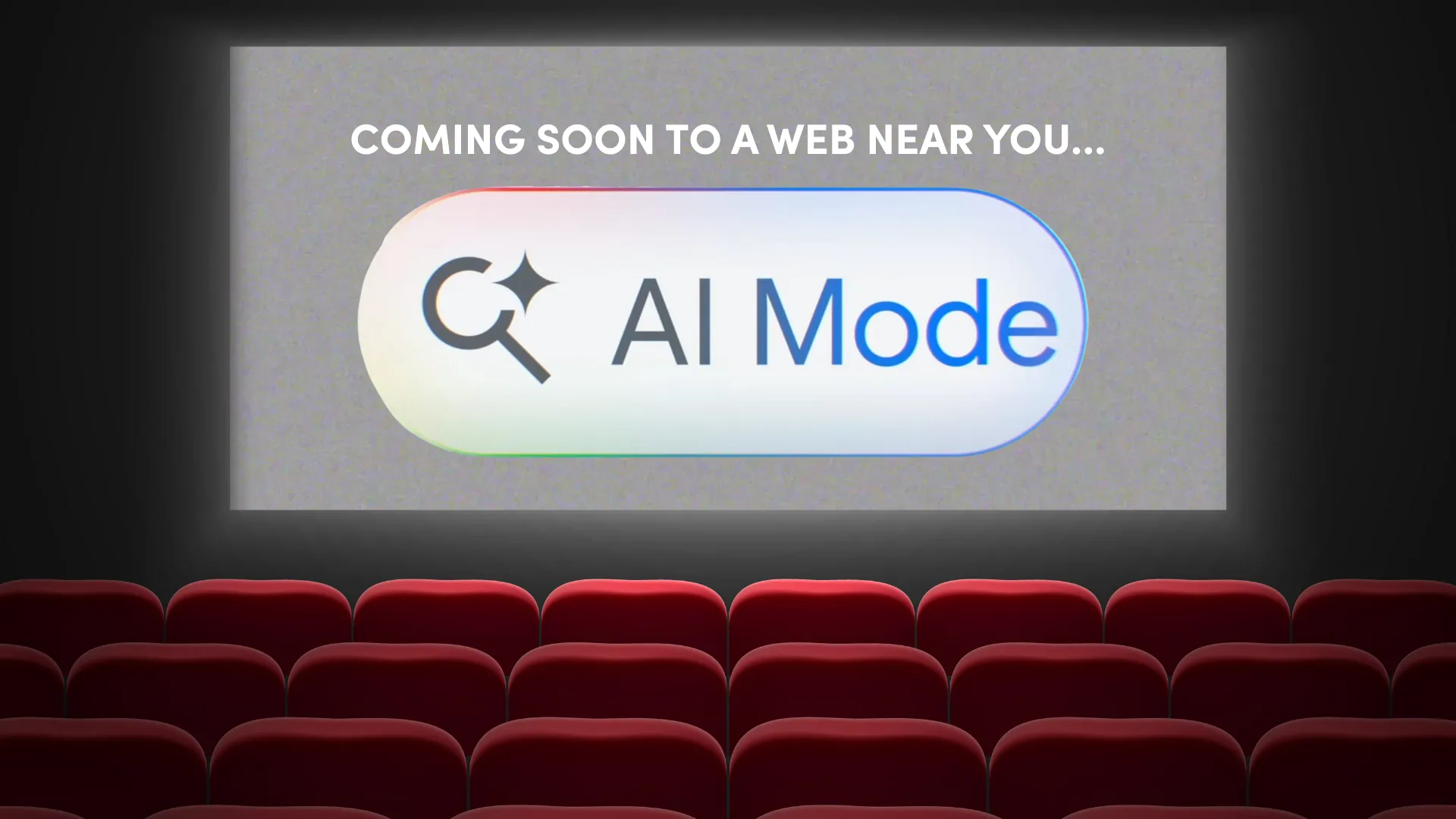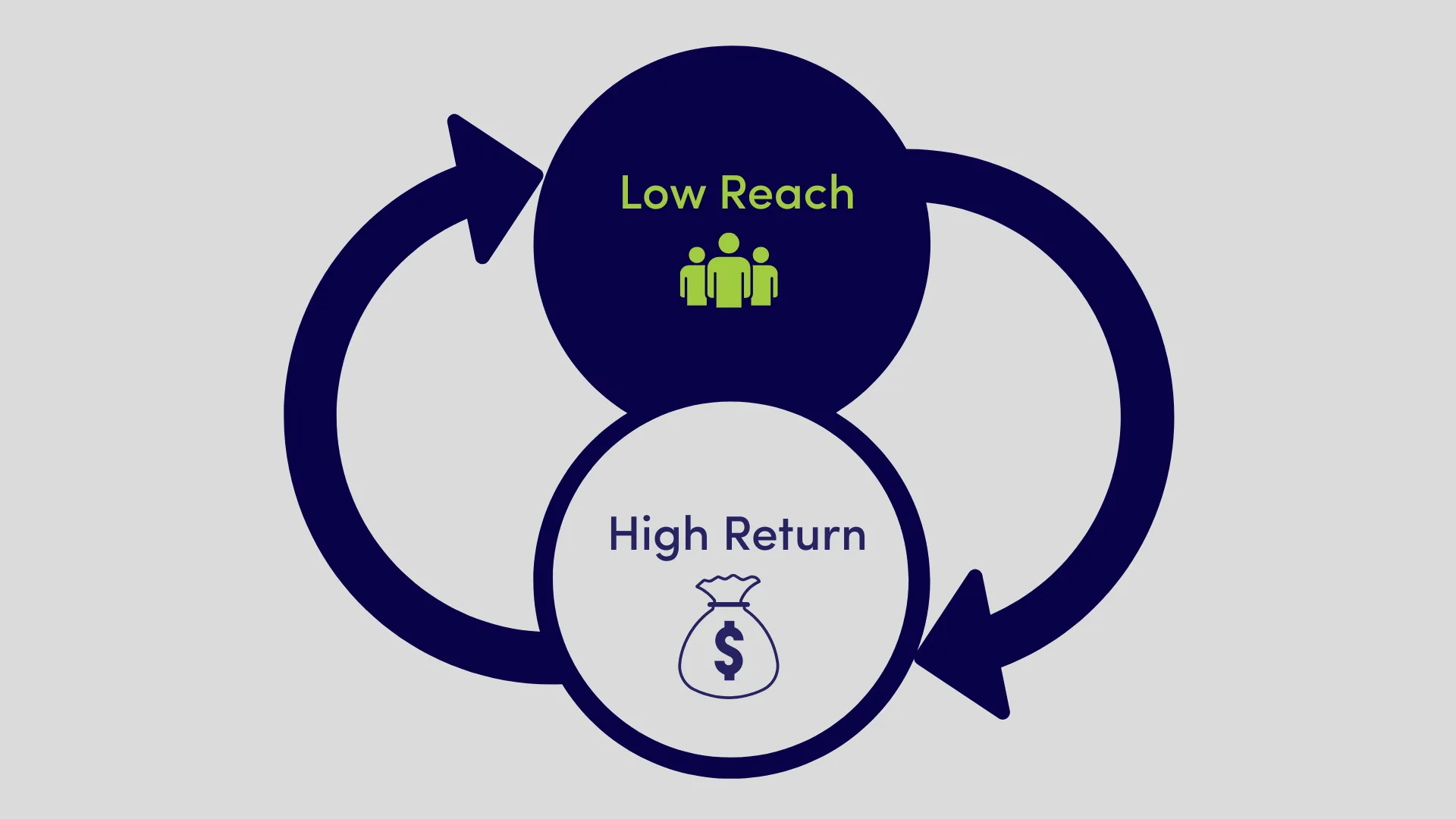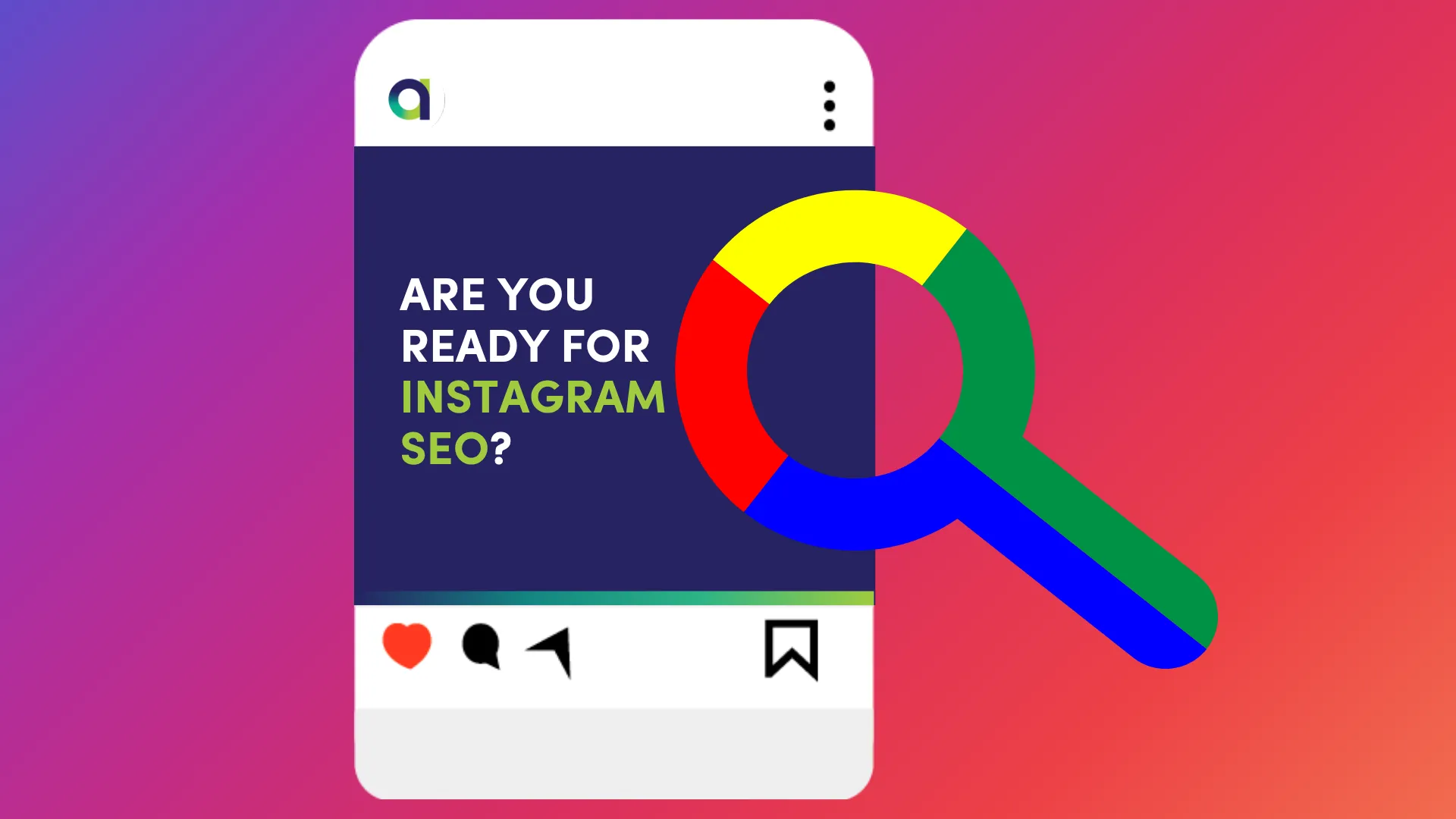In our last article, we explored the rise of zero-click searches and its impact on how we find information online. This shift in user behaviour has also transformed the role of social media platforms. No longer just communication tools, social media has evolved into a powerful search engine, reshaping how we interact with content and discover new information.
What has caused this rise in ‘social search’?
This shift in behaviour is largely driven by Gen Z. There is a 25% decline in using Google for search between Gen Z and Gen X. Why? Because search engines create work to find the information you need, whereas social media enables you to get the answers you want faster in an engaging and appealing format.
Let’s take a look at a real life example. We did a Google search for ‘thai green curry recipes’ which gave us a big long list of recipe options to sift through to find the one that looks the easiest to make and tastes the most delicious.
We then followed that with a search on Instagram which presented us with pretty pictures and video tutorials that auto-play before you even click on them. It instantly started showing you methods of cooking the dish, without needing to click or tap on the content.
- Google search results for a Thai Green Curry recipe
- Instagram search results for a Thai Green Curry recipe
The search process on Instagram was a lot more fun and engaging compared to the Google search.
Does this mean people aren’t Googling anymore?
Google still accounts for 81.95% of the market share (in 2024), but with the rise of social search it really does make sense for Google to be experimenting with AI. They’re looking for ways to make it faster and easier to find information the same way they are doing it on social media. A Forbes study showed that 29% of people search on social media for convenience more than anything else. They’re already on the platforms and the information is easy to access. Google will have to adapt to stay relevant.
What is Gen Z searching for on social media versus Google?
In the same Forbes study, the most searched topics by Gen Z on social media were:
- Gift ideas
- Hair and makeup
- Wellbeing and fitness
- Recipes and meal ideas
- Fashion brands
While on Google, Gen Z are searching for local services and amenities:
- Local services (mechanics, cleaners, etc.)
- Restaurants and bars near them
- Electronics
- Financial services
- Cars
If you compare Gen Z’s social searches versus Google searches, the ones on social are very visual and inspirational, while the ones on Google are a lot more transactional.
How does this shift in search behaviour affect you?
The rise of social search only intensifies the need for organic social content on your social media channels. The majority of Gen Zs learn about new brands, products, services, and experiences on the likes of YouTube, TikTok, Instagram and Pinterest over Google and traditional marketing channels.
Adapting to shifts in user behaviour is crucial for staying relevant in this ever-evolving digital landscape. Businesses need to align their marketing strategies with these changes to maintain and grow their reach as the ways we access and engage with information continue to evolve rapidly.

Google has started rolling out its brand-new AI Mode in countries like the United States, India, Canada and even New Zealand - but not yet in Australia. [...]

For years, Search Engine Optimisation (SEO) was the golden rule of digital marketing. Optimise keywords. Earn backlinks. Climb the rankings. But the way people find answers is [...]

A billion searches were made on ChatGPT last week alone. Now, OpenAI is turning those queries into a powerful new retail experience. ChatGPT recently launched its AI [...]

Google’s AI Overviews are reshaping search by pulling answers from the places people are actually talking: Reddit, YouTube, Quora and other community-driven platforms. According to new data [...]

Google has started rolling out its brand-new AI Mode in countries like the United States, India, Canada and even New Zealand - but not yet in Australia. [...]

For years, Search Engine Optimisation (SEO) was the golden rule of digital marketing. Optimise keywords. Earn backlinks. Climb the rankings. But the way people find answers is [...]

When you see a paid ad, nine times out of ten, you're probably not clicking on it. Instead, you'll likely hop over to Google, search the brand [...]

In digital advertising, audience targeting has always been both an art and a science. But what if the science just got smarter - a lot smarter? We’ve [...]

With attention spans getting shorter and competition fiercer, brands are constantly searching for that magic formula to stand out. But the answer isn’t always a bold campaign [...]

A billion searches were made on ChatGPT last week alone. Now, OpenAI is turning those queries into a powerful new retail experience. ChatGPT recently launched its AI [...]

Google’s AI Overviews are reshaping search by pulling answers from the places people are actually talking: Reddit, YouTube, Quora and other community-driven platforms. According to new data [...]

We recently posted a simple promotion on a client’s social media account. It was about a niche product - nothing flashy, not designed to go viral, just [...]

Starting July 10, 2025, public posts from professional Instagram accounts will start appearing in Google search results. That means your photos, Reels and videos could soon show [...]

One of the most common concerns we hear from clients is: “I feel like we’re repeating ourselves too much.” They worry that saying the same message more [...]



